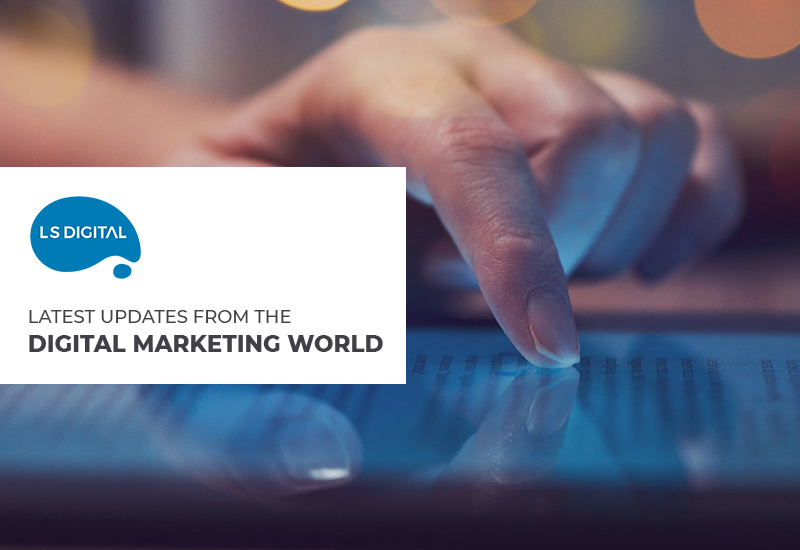For digital marketers, their ability to understand customers’ needs plays a significant role in their success. In traditional marketing, with face to face inter-personal interaction, this would have been easy. But in the digital landscape, it becomes a bit difficult.
Best Buy shows the way
Retail giant Best Buy found a unique way to know about body signals in the digital medium. They discovered that the best interaction happens when customers talk to the famed ‘blue shirts,’ i.e. the store staff who wear blue uniforms.
What they did is emphasised more on this aspect in their digital ads. They brought a blue shirt spokesperson to talk about the value proposition of the superstore. They talked about what differentiates the store from others, and how customers’ needs can be met with smart tech integrated with the retail practices.
It tried to implement this type of messaging and interaction on its big-ticket appliance purchases. For instance, one 30 second video shows a blue shirt staff explaining the concept of fingerprint proof and how it can be used as a factor to make the right decision.
The takeaway? The online experience needs to mimic the offline store experience as much as possible. This way, customers’ behaviour can be easily determined and sales triggers can be fired for better conversion potential.
How to read the digital ‘body’ language?
There are a lot of metrics to be tracked and a lot of data that emanates from these metrics. However, the trick then is to figure out how the data ties up to the actual customer behaviour online. Here are a few tips on how to determine the user behaviour and what actions to take post its accurate interpretation.
1 – Is the time spent more than the average number?
If you see a user spending more than the average amount of time, then it means that the user is likely to be more interested in the product or services you are offering. He may not be that well aware of the same and hence may be taking time to know it better.
At this stage, you now need to present in-depth product knowledge (to satiate the knowledge aspect) and industry authority (to elevate the trust factor). For this, long-form content and whitepapers would do the needful.
2 – Multiple visits to a site
If users are frequenting your site, it means that they are yet warming up to your brand value. This is the equivalent of meeting an acquaintance (not a friend) and making small talk. Yes, the key here is to keep content short and introductory. This way, the user is prompted to go deeper into the sales funnel.
Writing blogs and articles regularly will help you stay in front of their visibility with higher SEO ranking. Their multiple visits will ease them to the next level of engagement.
3 – Use of interactive content
When users respond to interactive content, they are termed to be highly engaged. They have built a baseline level of trust in your brand and are willing to spend more time exploring your brand USP. They are actively carrying on the conversation with your brand.
At this stage, they are almost ready to make a purchase decision but need the last mile reassurance about your credibility. With the use of interactive quizzes, surveys, and Q&A sessions, this stage too can be passed effectively and help the customer move nearer to a conversion.
With these tips, it becomes easy for you to frame the right marketing plan and implement it at the right time based on your customers’ digital ‘body’ language.



